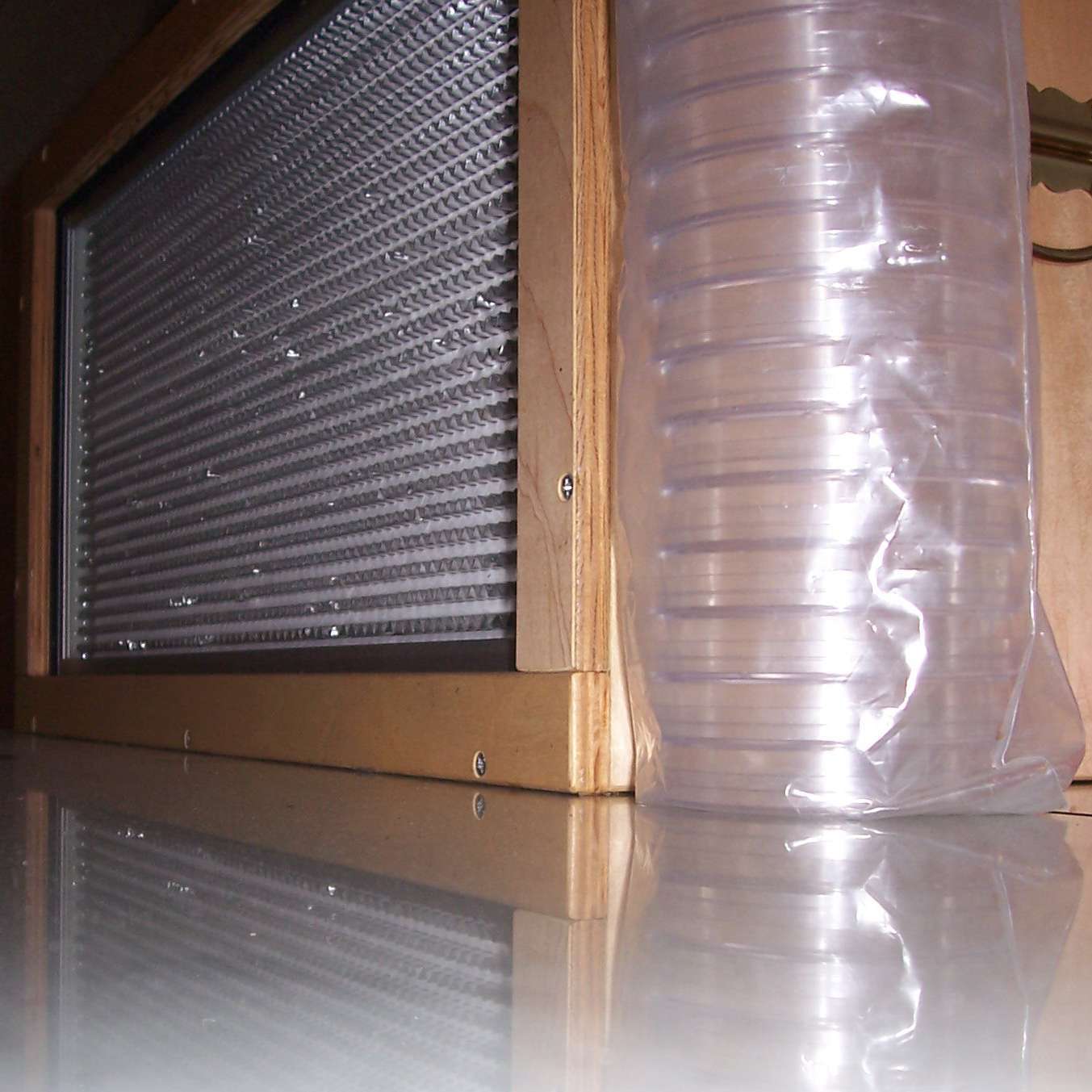Grod1
Well-Known Member
- Joined
- Feb 3, 2015
- Messages
- 499
- Reaction score
- 154
new to the hobby I cant wait to get started i would love to get some of the funkidelic brettanomyces cultures that you guys have out there.If you have what im looking for then PM me and we can work out a trade. I will end first since i am so new



